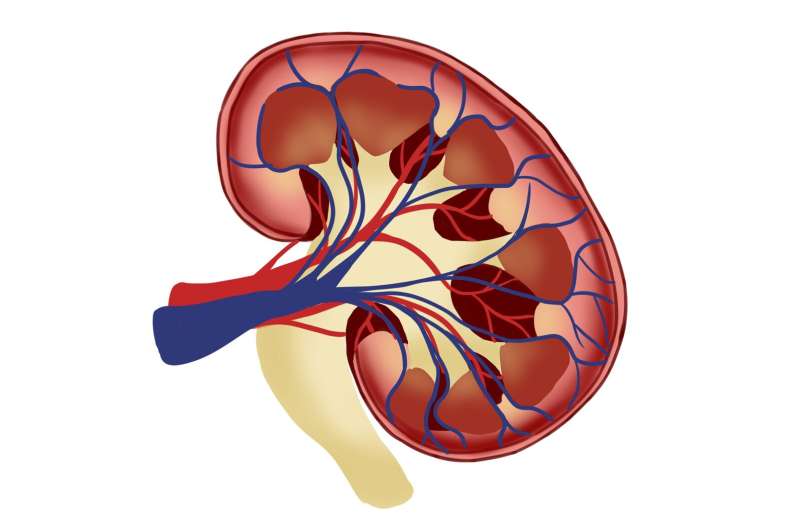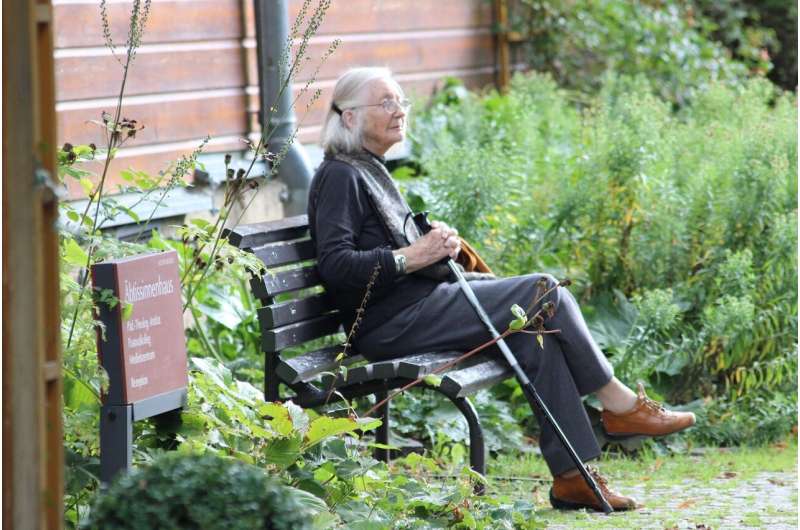A recent study published by the USC Stem Cell laboratory sheds light on the complex mechanisms of sensory cell regeneration in mammals, particularly in the context of hearing and vision. Conducted by Dr. Ksenia Gnedeva and her team, the research highlights the role of specific genes in the regeneration process, which could pave the way for innovative treatments to restore sensory functions in humans.
Understanding the Study
The study focuses on a set of interacting genes known as the Hippo pathway. This pathway functions as a regulatory mechanism that inhibits cell growth under certain conditions. The research conducted by first authors Eva Jahanshir and Juan Llamas revealed how the Hippo pathway plays a critical role in preventing the proliferation of sensory receptors in both the inner ear and the retina of adult mice.
Methodology
Utilizing an experimental compound previously developed by the lab to inhibit a key protein in the Hippo pathway, termed LATS1/2, the researchers were able to observe effects in cell cultures. When applied in a controlled environment, it encouraged supporting cells in the utricle—an inner ear sensory organ— to proliferate. Remarkably, the results varied when observing the organ of Corti, which is vital for hearing.
Key Findings
The research identified a protein, p27Kip1, encoded by a specific gene, which acts as an inhibitory factor blocking cell regeneration in the organ of Corti and retina. The study demonstrated that reducing the levels of p27Kip1 in a transgenic mouse model resulted in increased proliferation of progenitor cells in both the ear and retina.
Table 1: Overview of Experimental Results
| Organ | Gene Manipulation | Cell Response |
|---|---|---|
| Utricle (Inner Ear) | Inhibition of LATS1/2 | Increased supporting cell proliferation |
| Organ of Corti | Reduced p27Kip1 levels | Hypertrophy of supporting cells |
| Retina | Inhibition of Hippo pathway | Induction of Müller glia differentiation |
Implications for Regeneration Research
This discovery opens new avenues for exploring therapeutic interventions aimed at promoting sensory regeneration. The findings suggest two potential strategies:
- Targeted Drug Development: Creating compounds that can inhibit the Hippo pathway effectively.
- Gene Therapy: Developing methods to reduce levels of p27Kip1 in specific scenarios to enhance cellular regeneration.
According to Dr. Gnedeva, “The acceleration of cellular growth post-injury could provide a critical window for therapeutic intervention and regeneration.”
Table 2: Potential Therapeutic Approaches
| Therapeutic Approach | Target Gene/Pathway | Expected Outcome |
|---|---|---|
| Compound Development | Hippo Pathway | Enhanced sensory cell proliferation |
| Gene Editing | p27Kip1 | Reduction of proliferation inhibition |
| Cell Replacement | Müller Glia Manipulation | Regeneration of neuronal types |
Conclusion
This study presents significant advancements in understanding the genetic basis for sensory cell regeneration. By focusing on the Hippo pathway and the role of p27Kip1, researchers have identified potential targets for therapeutic interventions that could ultimately aid in restoring hearing and vision in patients. The findings advocate for further research and development of novel treatment strategies that capitalize on these insights.
“There may be a brief opportunity following sensory injury where strategic interventions could stimulate regeneration, offering hope for reverting the damage experienced by patients with hearing and vision deficits.” – Dr. Ksenia Gnedeva
Citations:
[1] Gnedeva, Ksenia, *The Hippo pathway and p27Kip1 cooperate to suppress mitotic regeneration in the organ of Corti and the retina*, Proceedings of the National Academy of Sciences (2025). Retrieved March 31, 2025.













Discussion